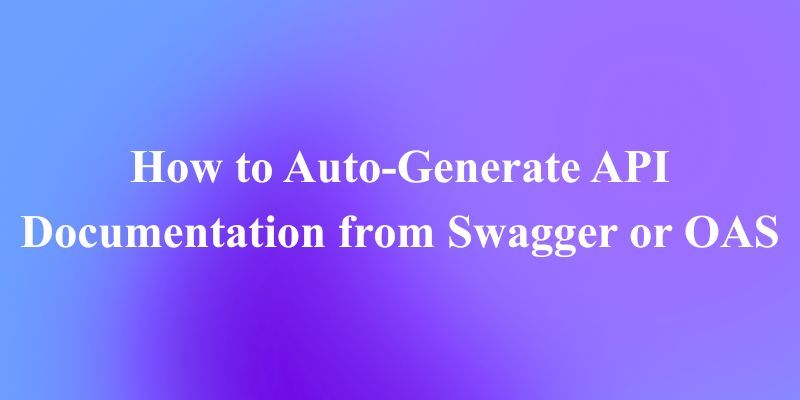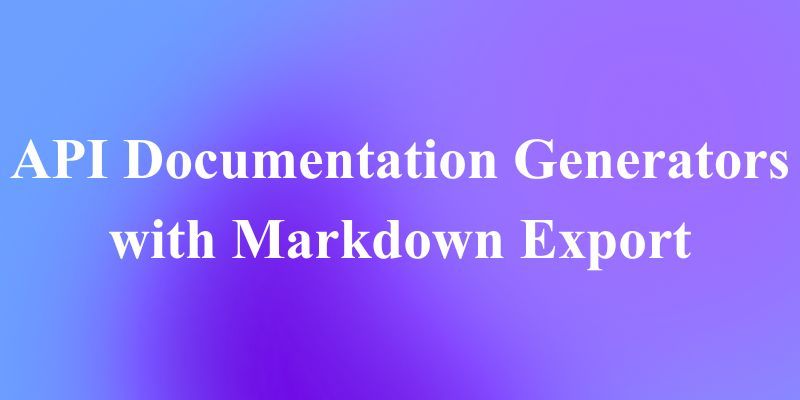Introduction
The world of AI-assisted code editors is heating up — and two of the latest contenders are Google Antigravity and Cursor 2.0. On one side, Google’s entry brings a deeply agent-first IDE powered by Gemini 3; on the other, Cursor 2.0 evolves its VS Code fork into a powerful multi-agent, high-speed coding platform with its own Composer model. This full breakdown compares their strengths, trade-offs, and where each makes the most sense for developers.
Want an integrated, All-in-One platform for your Developer Team to work together with maximum productivity?
Apidog delivers all your demands, and replaces Postman at a much more affordable price!
What Is Google Antigravity?
Google Antigravity is Google’s new “agent-first” code environment, built around Gemini 3 Pro. According to Google, it allows multiple AI agents to access and control your editor, terminal, and even a browser — all in one unified experience. (The Verge)
Some of its standout features:
- Agent Manager: A separate window to spawn, orchestrate, and observe agents across different workspaces. Agents don’t crowd your code—you get a distinct manager UI.

- Artifacts: Every agent action can generate artifacts — task plans, screenshots, browser recordings — so you can verify what the agent is doing.
- Free Tier with Gemini 3: Antigravity is available in public preview for Windows, macOS, and Linux, and Google provides generous rate limits for Gemini 3 Pro.
- Plugin for Chrome: With a browser extension (you have to install this first), you can link Antigravity agents directly to your Chrome instance, enabling browser interaction and recording.
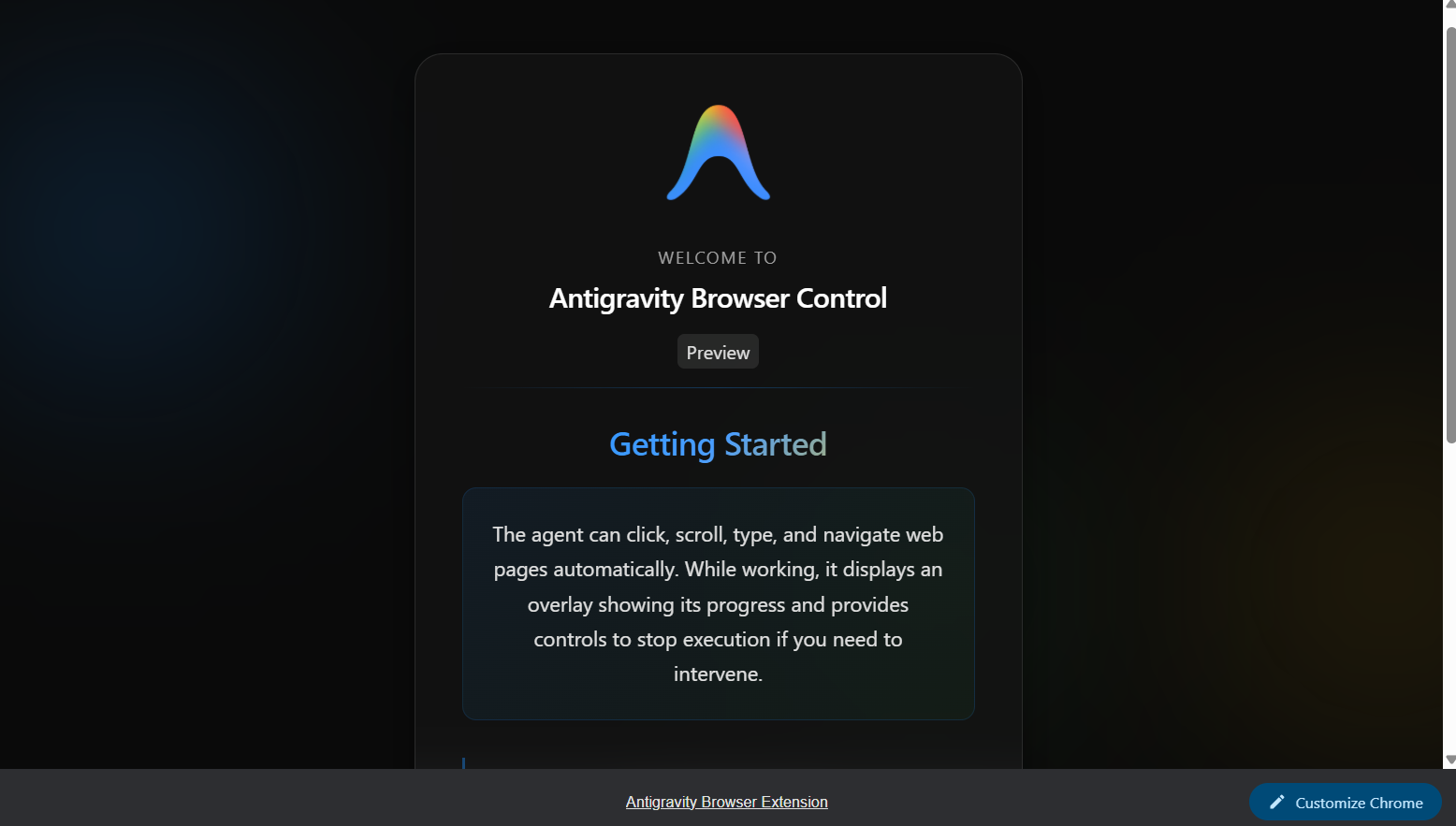
- Two Modes:
a. Planning Mode: For high-level task generation and planning.
b. Fast Mode: For quicker, more iterative work.
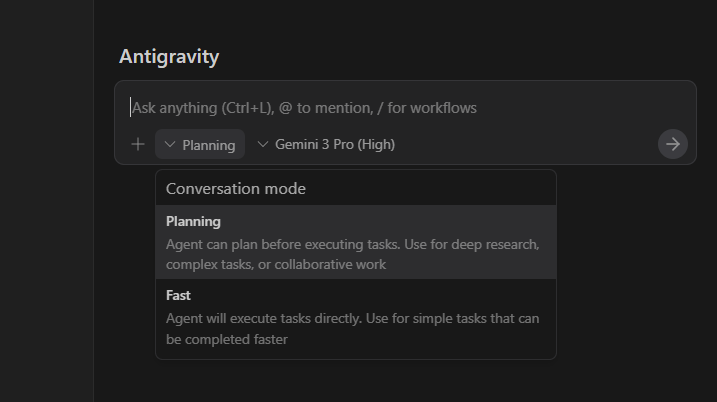
- Workspaces & Inbox: Multiple workspaces let you run separate projects, and the Inbox tab centralizes your agents’ messages, updates, and task feedback.

Google's Antigravity Limitations and Early Issues
- Several users report bugs: agents may terminate unexpectedly, or browser integration can fail.

- The free tier may still be restrictive for heavy use of Gemini 3.

- Because it’s a first release, some workarounds are unstable or require restarting conversations.
My Takeaway on Google's Antigravity
- The free tier is generous but not unlimited — if you outgrow it, you'll likely need to switch to Google’s AI Studio.
- Despite the bugs, the Agent Manager experience (especially browser recording) is incredibly promising.
- Google is off to a strong start: Antigravity isn’t polished yet, but its potential ceiling is very high.
What Is Cursor 2.0?
Cursor 2.0 marks a major evolution for Cursor: it moves from simple code completion toward agentic, multi-agent, and highly parallel AI workflows. Here’s what makes it stand out:
- Composer Model: Cursor’s proprietary AI model, optimized for coding, completing tasks in under ~30 seconds.
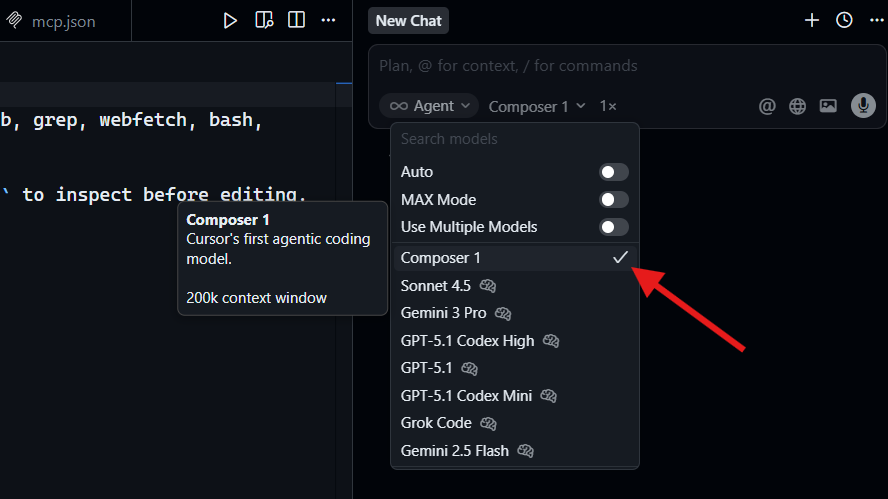
- Up to 8 Parallel Agents: Run multiple agents in isolated workspaces using git worktrees or remote environments.

- Embedded Browser Tool: Agents can interact with a browser embedded in the IDE, inspect DOM elements, and test UI flows.

- Sandboxed Terminals: On macOS, shell commands run in a secure sandbox (read/write workspace, no internet by default. More on this at Cursor).
- Voice Mode: Use speech-to-text to control agents; define keywords that trigger agent execution.
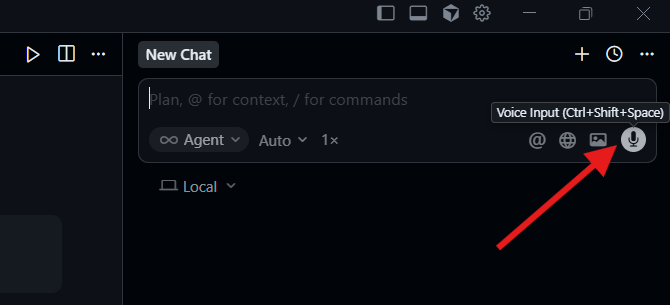
- Team Commands: Admins can define shared rules and custom commands across team members from the Cursor dashboard.

- Performance & Context: Composer was trained to navigate large codebases, understand semantic search, and reason across multiple files.
Cursor's Trade-offs and Challenges
- Some users on Reddit report bugs and confusion around multi-agent git worktrees and session history.
- The learning curve for managing 8 agents can be steep: deciding which agent does what and merging results isn’t trivial. The best way to work around this is to start slow and simple.
- According to AI Tool Analysis, while Composer is very fast, speed may come at the cost of some correctness compared to more conservative models.
My Impressions of Cursor 2.0
- Cursor 2.0 is like turning your editor into a small AI dev team: you assign tasks, let agents run in parallel, and review their output.
- The Composer model feels optimized for real coding velocity — great for rapid prototyping and iteration.
- Embedded browser + sandboxed terminals make it possible for agents to generate, test, and validate code more autonomously.
Google Antigravity vs Cursor 2.0 — Feature Comparison
| Feature | Google Antigravity | Cursor 2.0 |
|---|---|---|
| Core Model | Gemini 3 Pro | Composer |
| Parallel Agents | Multi-agent via Manager view | Up to 8 agents in parallel via git worktrees |
| Browser Integration | Recording, agent-driven browser via extension | Embedded browser inside editor, DOM inspection |
| Terminal / Commands | Terminal access via agent | Sandboxed terminal (macOS), secure commands (Cursor) |
| Workspace & Agent Management | Separate Manager window for orchestration | Agent-centric interface with sidebar and plans |
| Feedback & Artifacts | Agents produce Artifacts (plans, screenshots, recordings) | Agents’ changes can be reviewed via multi-file diffs and plan logs |
| Voice Control | Not primary | Built-in voice mode for agent control |
| Stability & Bugs | Early preview; Multiple agent crashes, extension bugs reported | New multi-agent model, some users report of worktree confusion and UI issues |
My Verdict: Which One Should You Try?
- If you want a strong, integrated agent architecture and you’re deeply invested in Gemini 3, Google Antigravity is a compelling pick. Its Agent Manager view, artifact generation, and browser recording make it far more than just an AI-powered editor.
- If you prefer speed, parallelism, and a VS-Code–like experience, Cursor 2.0 is likely a better fit. Its Composer model and multi-agent architecture unlock powerful productivity gains.
- Right now, Antigravity won't replace Cursor, however, its potential is undeniable. As Google irons out early bugs, it might become a major contender.
For long-term, stable workflows with multiple agents working in sync, Cursor 2.0 offers a mature and flexible environment.
Frequently Asked Questions (FAQ)
Q1. Is Google Antigravity free?
Yes — Antigravity is available in public preview with generous rate limits for Gemini 3 Pro usage.
Q2. How many agents can I run in Cursor 2.0?
Cursor 2.0 supports up to 8 parallel agents, each running in its own isolated workspace.
Q3. Can agents in both tools interact with a browser?
- In Antigravity: yes, through a browser extension, and agents can record browser actions.
- In Cursor 2.0: yes, via an embedded browser in the code editor with DOM inspection.
Q4. What happens if an agent in Antigravity makes a mistake?
Antigravity generates “Artifacts” — including plans, screenshots, and logs — so you can review what the agent did and correct or reassign tasks.
Q5. Should I switch tools now, or wait?
It depends on your priorities. If you need stability and fast iteration, Cursor 2.0 is a strong choice now. If you want to experiment with Google’s new agent architecture and enjoy managing agents via a central “mission control,” Antigravity is worth trying, especially in its preview phase.
Conclusion
Google Antigravity and Cursor 2.0 represent two very complementary visions of the future of AI-assisted development. Antigravity leans into agent orchestration, artifact tracking, and deep browser integration. Cursor 2.0 doubles down on speed, parallel agents, and a high-performance coding model. Both tools are exciting — but they’re best suited to different workflows and developer needs.
While Cursor 2.0 feels like a mature, multi-agent dev environment ready for serious work, Antigravity is still in its early days, proving its “agent-first” promise. For now, many developers may well use both, choosing the right tool for the right task, and keeping an eye on how each evolves.
Want an integrated, All-in-One platform for your Developer Team to work together with maximum productivity?
Apidog delivers all your demands, and replaces Postman at a much more affordable price!

